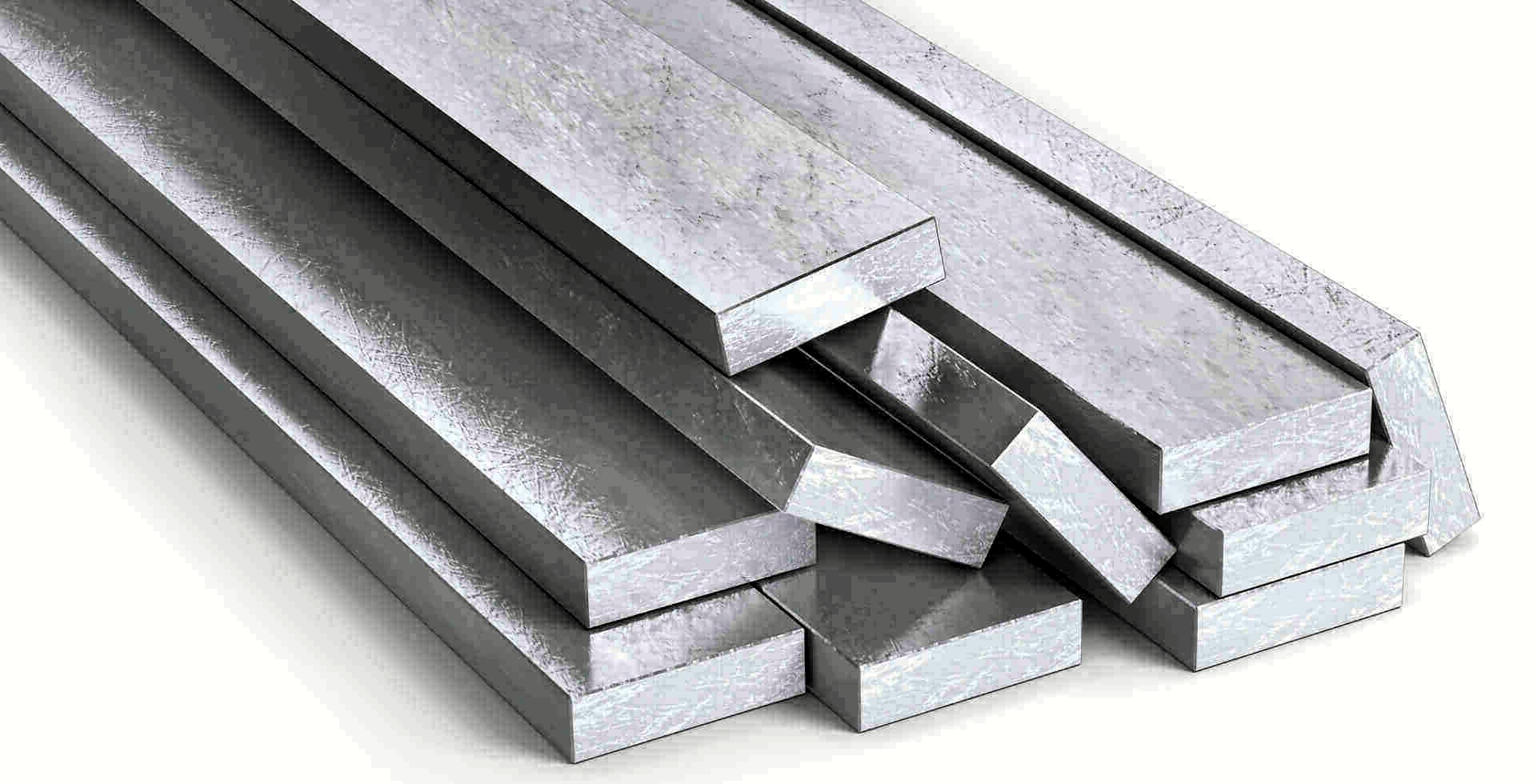
The company's encyclopedia special materials: why are alloys of firm metal alloys?
2024-08-12
Do you know that alloys are stronger than pure metals? Do not believe? Let me give you an example: Nickel is a pure metal, and the alloy is 276 - the alloy. Alloy 276 is a combination of nickel, chromium, molybdenum, iron and other elements. The hardness and strength of the alloy 276 is much higher than that of pure nickel.
Let's look at the "older brother" - iron. Its plasticity and laying are really magnificent, but it is easily rusty when it contacts wet air. What about stainless steel? It is widely used in construction because of its high strength, hardness and corrosion resistance.
So why is this alloy alloy?
In fact, the key lies in his “teamwork”. Alloy consist of atoms of different sizes that can “press” each other, making it difficult to move atoms, so they have good resistance to scratches and dents. Pure metals have the same atoms, and they glide on each other like skates, which increases the likelihood of their scratches or dents.
Moreover, the alloy passed “special training” in the production process. For example, hardening of a solid solution is to dissolve one metal in another. Thus, the structure of the lattice changes, and it becomes more difficult for atoms to move or shift, so the alloy, of course, becomes more firm.
Do not forget about dispersion hardening. In the process of heat treatment, certain elements will be distinguished, and these discharge will act as small nails, fixing other atoms and making the alloy more solid and durable.
Finally, let's talk about grain grinding. When the alloys cool, they form grains, but if the grains are too large, they will leave the gaps and make the alloy fragile. Grounding of grain consists in turning these large grains into small grains, making the gaps between them less so that the alloy becomes firm!
In short, the reason why the alloys are stronger than pure metals lies in their microstructural differences and “special training”, which they receive in the process of processing.








